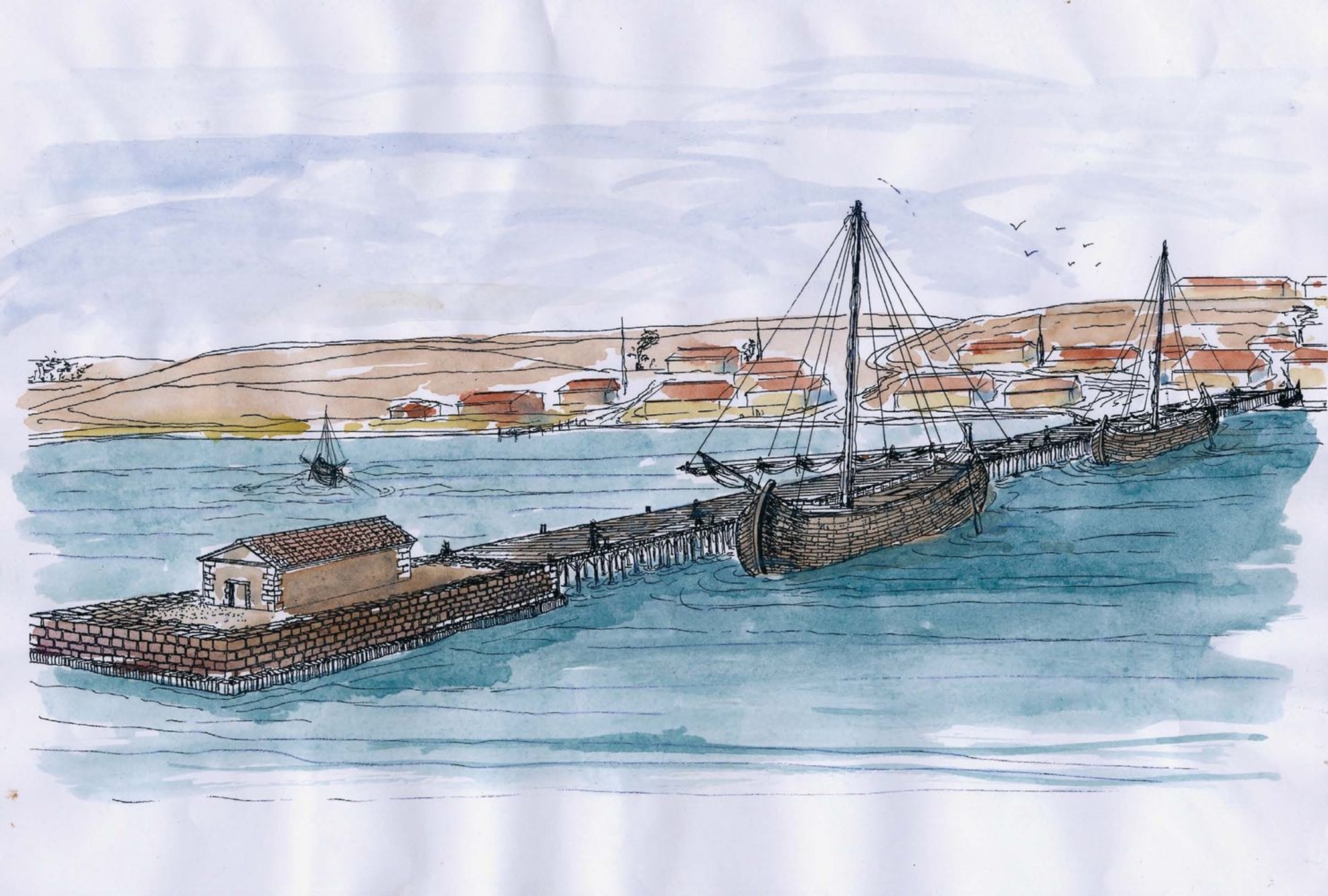
- Home
- Exploring the shoreline
- A Question of Research
Harbour archaeology involves the study of harbours, both natural and artificial, as well as other developments on the shores of rivers and seas. Partly submerged, partly exposed, such remains contribute information on economic history as well as the development of architectural and/or naval techniques, and interactions between humans and their environment.
Complex sites
Situated at the interface between land and sea, port infrastructures mirror the duality of their condition. They include submerged features, such as dykes, piers, docks, quays, lighthouses and wrecks, and land structures which take the form of warehouses, public and private buildings linked to port business, hangars and shipyards, and so on. Such features do, nevertheless, constitute a coherent whole and must be viewed as such to fully understand them, whether they be maritime, nautical or terrestrial. Especially since the shores of seas and rivers are by their nature subject to numerous natural and anthropic phenomena which inevitably modify the landscape over time. Many features which were originally above sea level are now submerged, while many remains that were once underwater now find themselves on dry land.
A multidisciplinary approach
More than the scientific study of infrastructures, harbour archaeology must inevitably employ an approach that is holistic, geo-archaeological and environmental. It must integrate the study of port infrastructures into the wider context of the evolving environment, including factors such as the mobility of the palaeo-shore, and the maritime and nautical zone that such infrastructures occupy.


